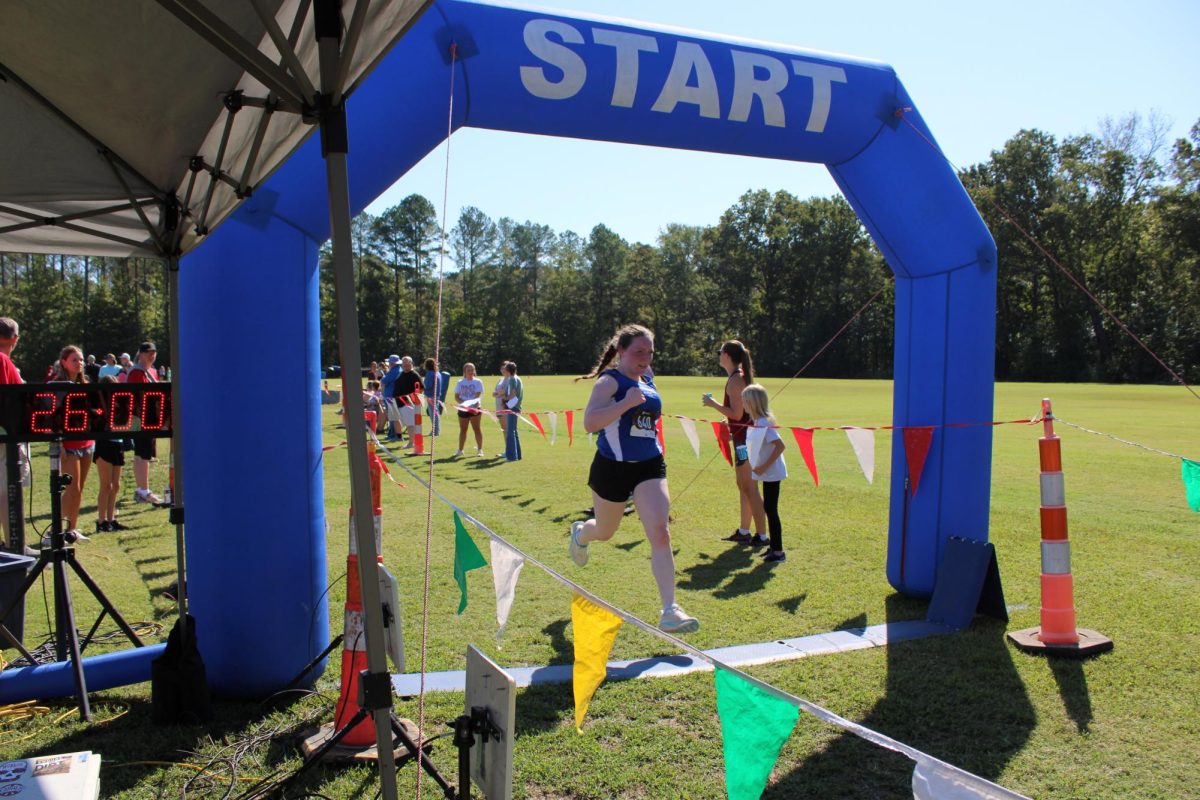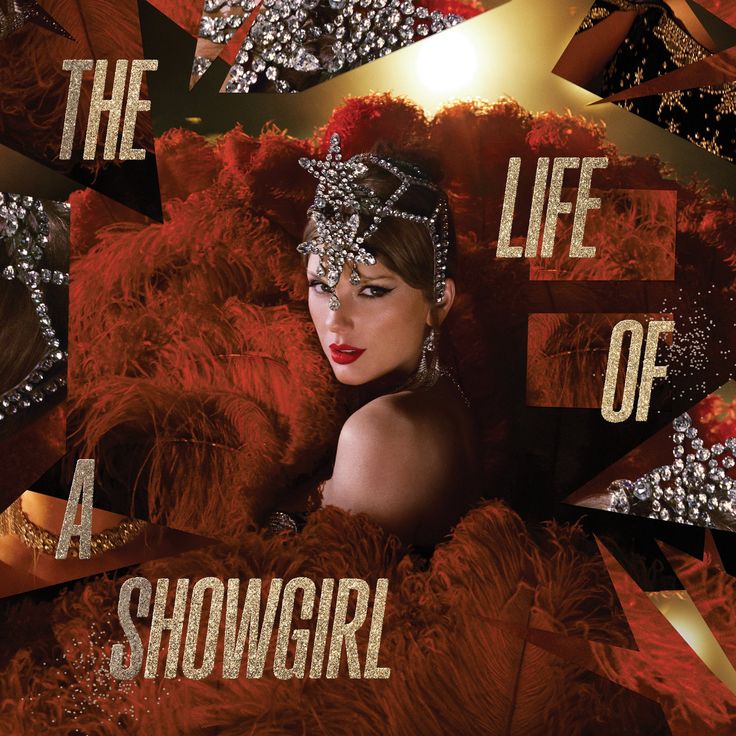Breaking, commonly known as breakdancing, was introduced to the Olympics as the first dance sport in the event’s history. However, it may not last without a complete revamp of its judging system, which does not fairly assess who the best breakdancer is while considering personal dance styles.
Breakdancing originated in New York City in the 1970s, created by African American and Latino youth. Combining martial arts and gymnastics elements to create a dynamic, improvisational dance style, breakdancing became unique to large, urban American cities. It reached mainstream pop culture in the 1980s after Michael Jackson popularized it through various dance moves, including his signature moonwalk. Today, breakdancing has become an international sensation with an immense following, from passionate fans to performers dedicated to the craft.
After its successful debut at the 2018 Youth Olympics in Buenos Aires, Argentina, breakdancing was introduced to the Summer 2024 Olympics to attract a younger audience. The competition featured two categories: b-girls and b-boys, with 32 athletes from 16 countries participating. Notable performances included Japan’s Ami Yuasa, who won gold in the b-girls category, and Canada’s Phil Wizard, who took gold in the b-boys category.
However, breakdancing’s time in the Olympics may be short-lived, as it has been excluded from the 2028 Games in Los Angeles. The International Olympics Committee explained this decision as a way to promote a more balanced approach to the Olympics, highlighting American sports while giving a platform for influential global sports.
One of the biggest concerns in this year’s breakdancing competition was the scoring method for each performance. To ensure fairness, a scoring system was devised where athletes were judged based on five criteria: technique, vocabulary, execution, musicality and originality. Nine judges assigned points in real-time using a slider to direct points to the dancer in the lead. This caused tensions to rise, with competitors experiencing the highs of being in the lead and the lows of falling behind their opponents during their performances.
I have concerns about this newly devised judging system. Breakdancing is not just a sport but also an art form. How can an improvisational dance be judged objectively? One of the most viral moments from this year’s event was Australian breakdancer Rachel Gunn’s — a.k.a. Raygun — performance where she displayed an unorthodox dancing style involving kangaroo hops and squirming like a worm on stage. This year’s breaking event was graded on five criteria, one of which was vocabulary. The grading system was particularly unfair for dancers with unconventional dance styles like Raygun, hindering their progress in the competition.
If the Olympics cleans up its judging system to account for more unique performances, breakdancing has the potential to become a successful sport in future games. But for now, the point system is still lacking to fairly judge this multifaceted dance sport.














